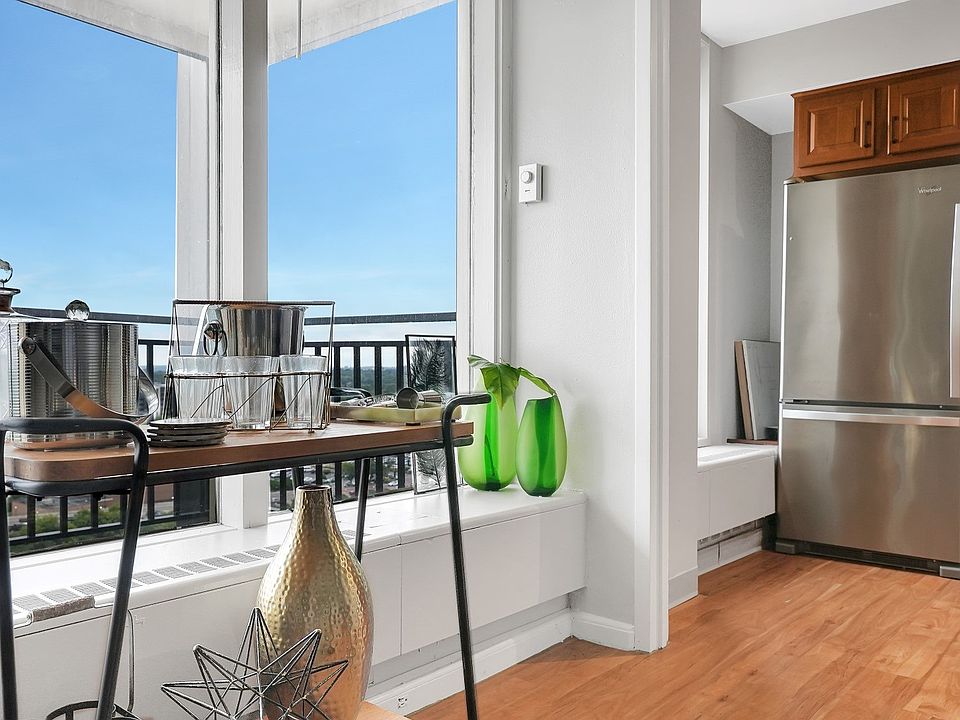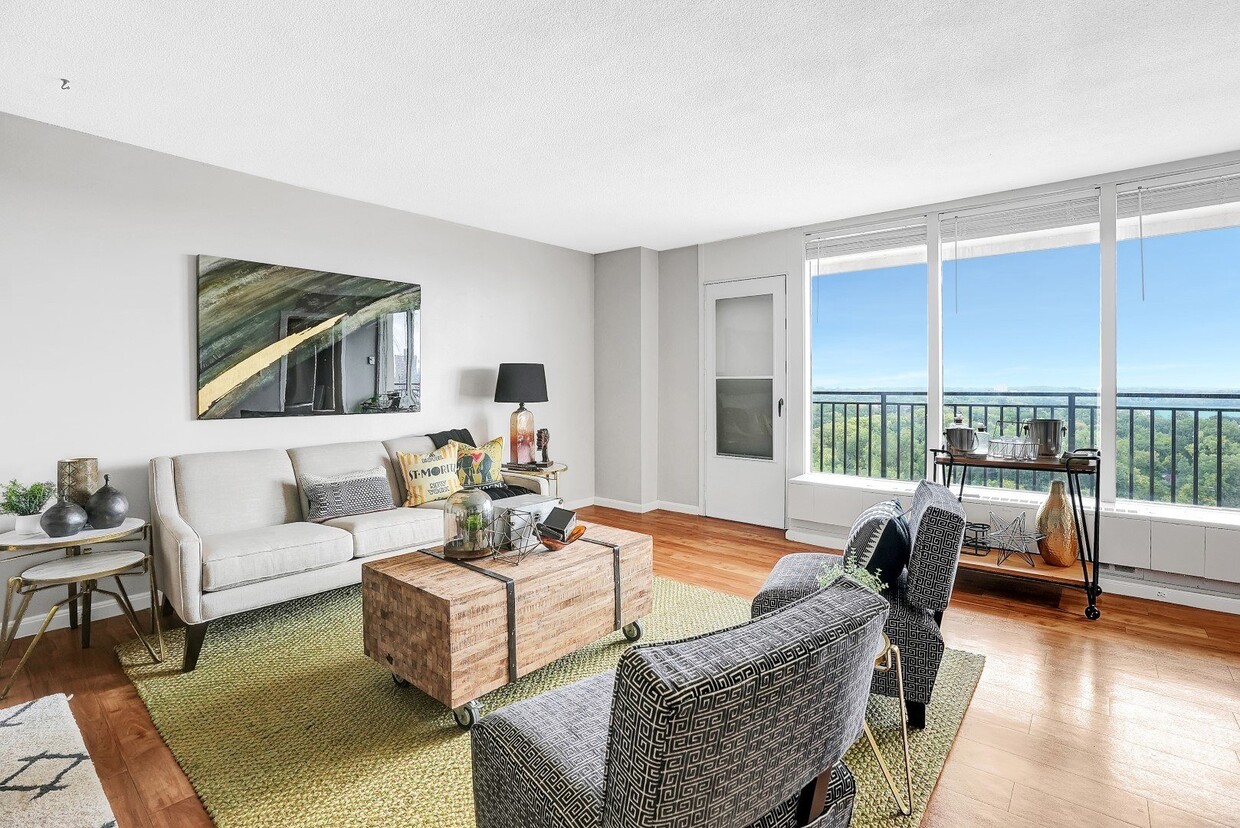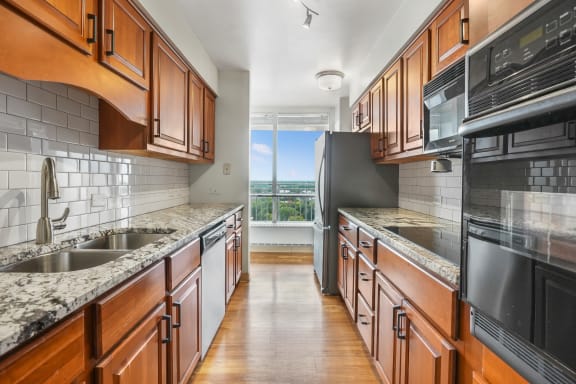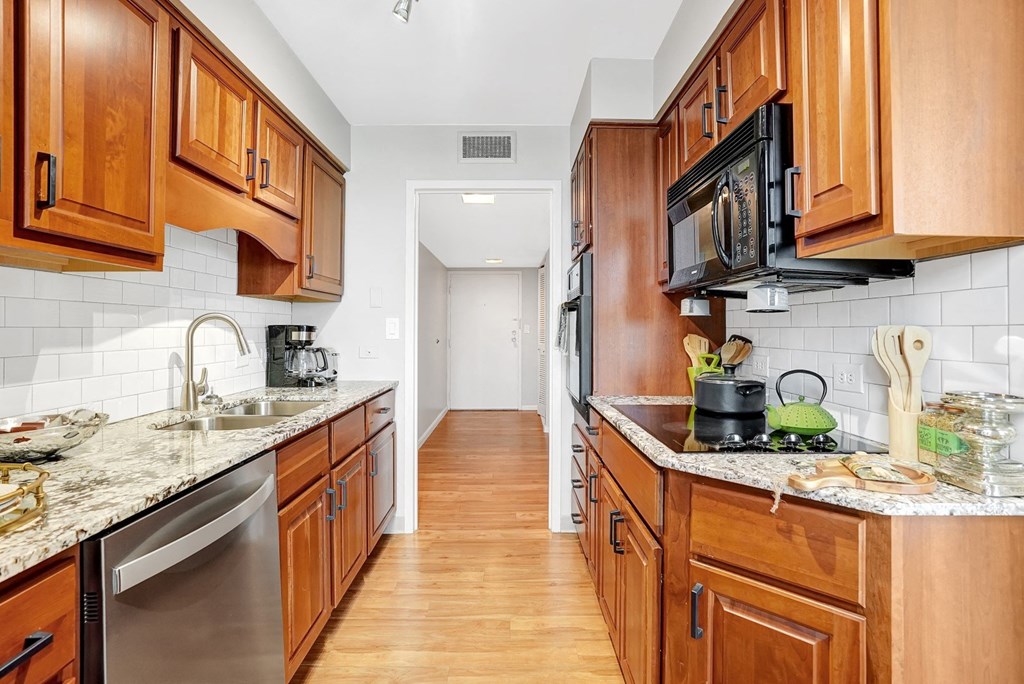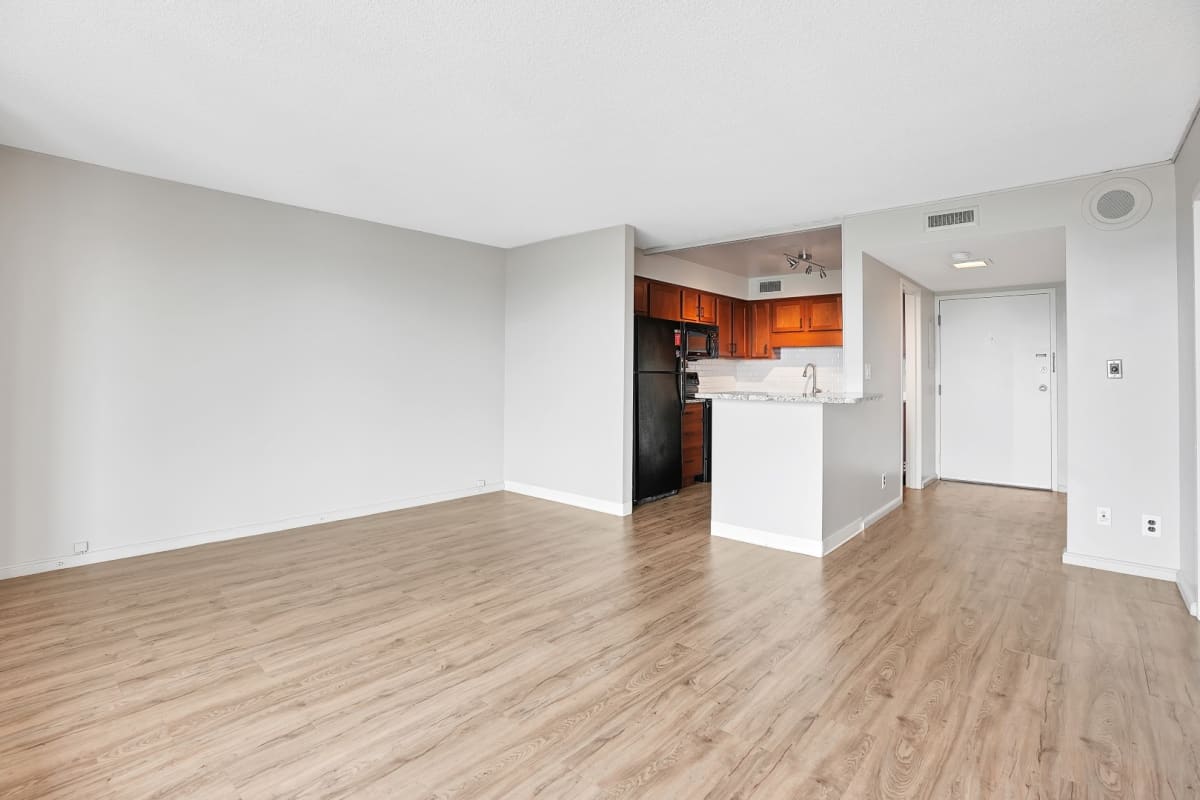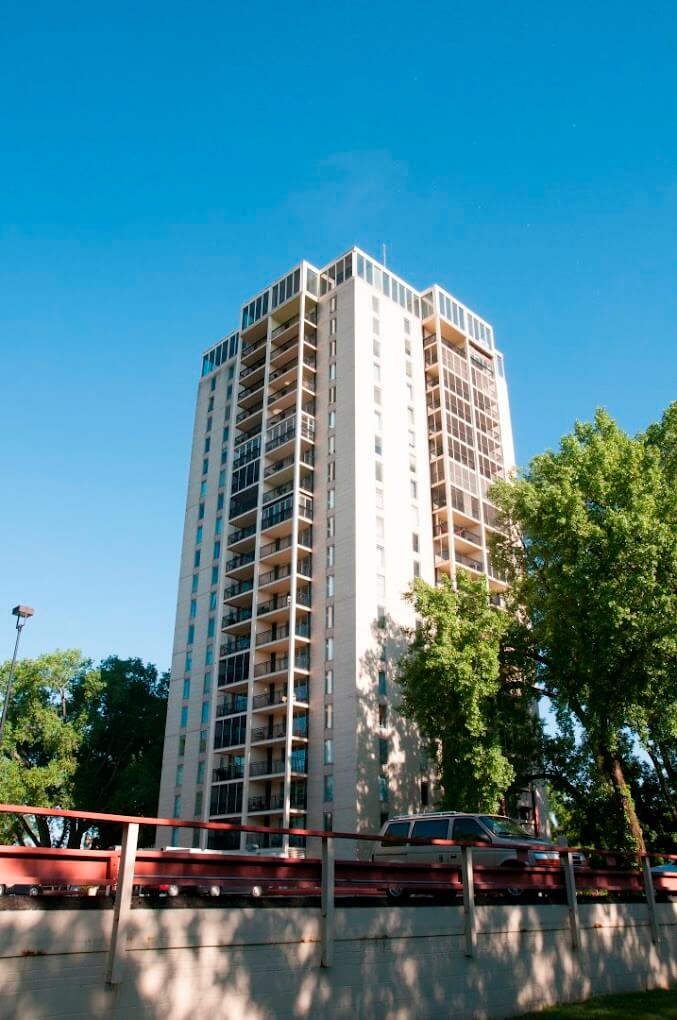The Original At West Lake Quarter
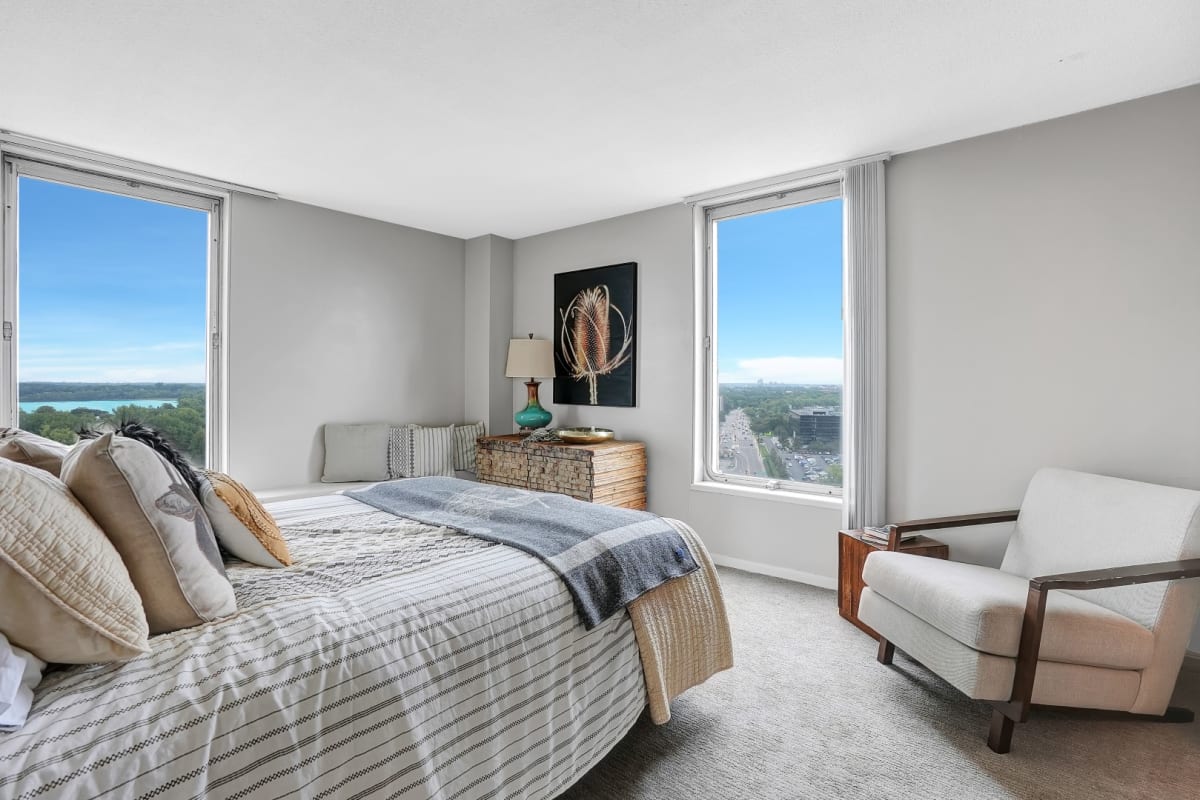
The air hangs thick with anticipation as preservationists and developers clash over the fate of the Original At West Lake Quarter, a historic district in Hangzhou, China, nestled along the iconic West Lake. Decades of weathering have left their mark, sparking a debate: should the Quarter be meticulously restored to its former glory, or reimagined to meet the demands of a modern, globalized city?
At stake is not just a collection of buildings but a cultural heart, a tangible link to Hangzhou's rich past. This article delves into the complex considerations surrounding the Quarter's future, examining the historical significance of the area, the economic pressures driving redevelopment, and the diverse opinions of stakeholders involved.
A Glimpse into History
The Original At West Lake Quarter, also known as Yuanlai Zai Xihu, boasts a history spanning centuries. Its architecture reflects a blend of traditional Chinese styles and influences from periods of foreign concession. During the early 20th century, the area became a hub for artists, intellectuals, and merchants.
Many buildings within the Quarter feature elaborate wooden carvings, intricate brickwork, and unique spatial arrangements that are rarely seen in modern construction. Historical records indicate that several prominent figures, including renowned poets and painters, once resided within its walls.
The area served as a vibrant center for trade and cultural exchange, contributing significantly to Hangzhou's growth and prosperity. According to the Hangzhou Municipal Archives, the Quarter played a critical role in the development of the city's silk industry. Its historic layout and architectural details offer invaluable insights into the city's cultural and economic evolution.
The Development Dilemma
Despite its historical significance, the Original At West Lake Quarter faces a range of challenges. Many buildings are in disrepair, suffering from structural damage and environmental degradation. The infrastructure is outdated, lacking modern amenities and posing safety concerns.
Developers see the area's prime location as an opportunity for lucrative investment. Plans for redevelopment often include the construction of luxury hotels, high-end retail spaces, and modern apartments. This prospect has ignited tensions between preservationists and those prioritizing economic growth.
According to a report by the Hangzhou Development and Reform Commission, the redevelopment of the Quarter could generate significant revenue and create thousands of jobs. However, critics argue that such development would erase the area's unique character and destroy a valuable cultural asset. The delicate balancing act between preserving heritage and fostering economic progress defines the central conflict.
Voices of the City
The debate surrounding the Quarter's future involves a diverse range of stakeholders. Preservationists advocate for the careful restoration of existing buildings, emphasizing the importance of maintaining the area's historical integrity.
Professor Li Wei, a leading architectural historian at Zhejiang University, argues that the Quarter represents a crucial part of Hangzhou's identity. "To demolish these buildings would be to erase a tangible link to our past," she stated in a recent interview. "We must find a way to preserve this heritage for future generations."
Residents of the Quarter have mixed feelings about the proposed changes. Some welcome the prospect of improved living conditions and modern amenities. Others fear displacement and the loss of their community's unique atmosphere.
Developers maintain that their plans are sensitive to the area's historical context. They propose incorporating elements of traditional architecture into new constructions. However, their primary focus remains on maximizing the economic potential of the land.
The Hangzhou Municipal Government has attempted to mediate between these competing interests, promising to find a solution that balances preservation and development. Government officials emphasize the importance of public consultation and community involvement in the decision-making process.
The Path Forward
Finding a sustainable solution for the Original At West Lake Quarter requires a multifaceted approach. This includes careful planning, innovative financing mechanisms, and ongoing dialogue between stakeholders.
Experts suggest exploring alternative models for redevelopment. Some models prioritize adaptive reuse, converting existing buildings into museums, galleries, and cultural centers. This approach would preserve the Quarter's historical fabric while creating new opportunities for economic activity.
Other proposals involve the creation of a cultural heritage fund to support restoration efforts. This fund could be financed through public and private donations, as well as through revenue generated by tourism. The creation of such funds ensures a sustainable method for preserving heritage.
The future of the Original At West Lake Quarter remains uncertain. The ongoing debate highlights the challenges of balancing preservation and progress in a rapidly changing world. The decisions made in the coming months will shape not only the physical landscape of Hangzhou but also its cultural identity.
The legacy of this historic district hangs in the balance, awaiting a resolution that honors both the past and the future. The outcome will serve as a crucial precedent for similar preservation efforts throughout China.
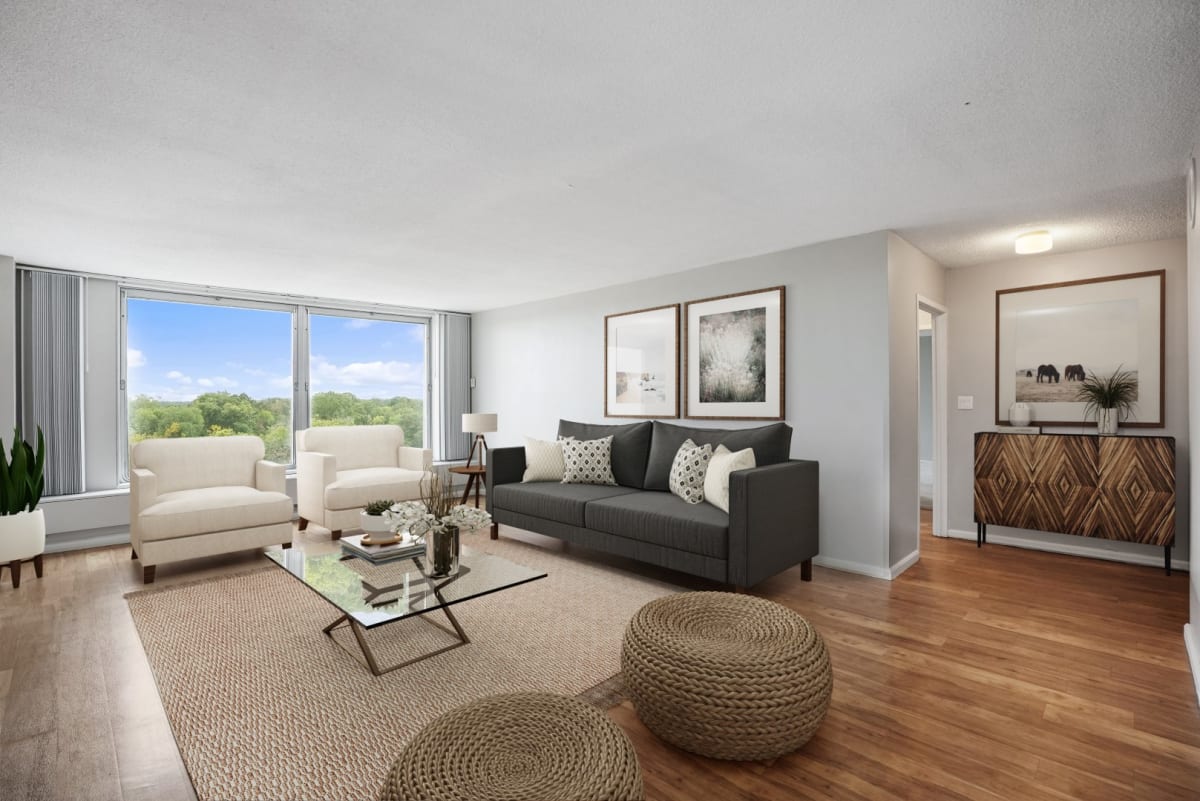
.jpg)
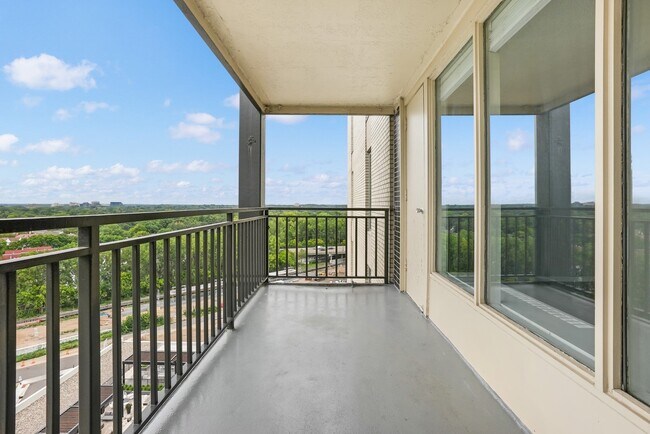
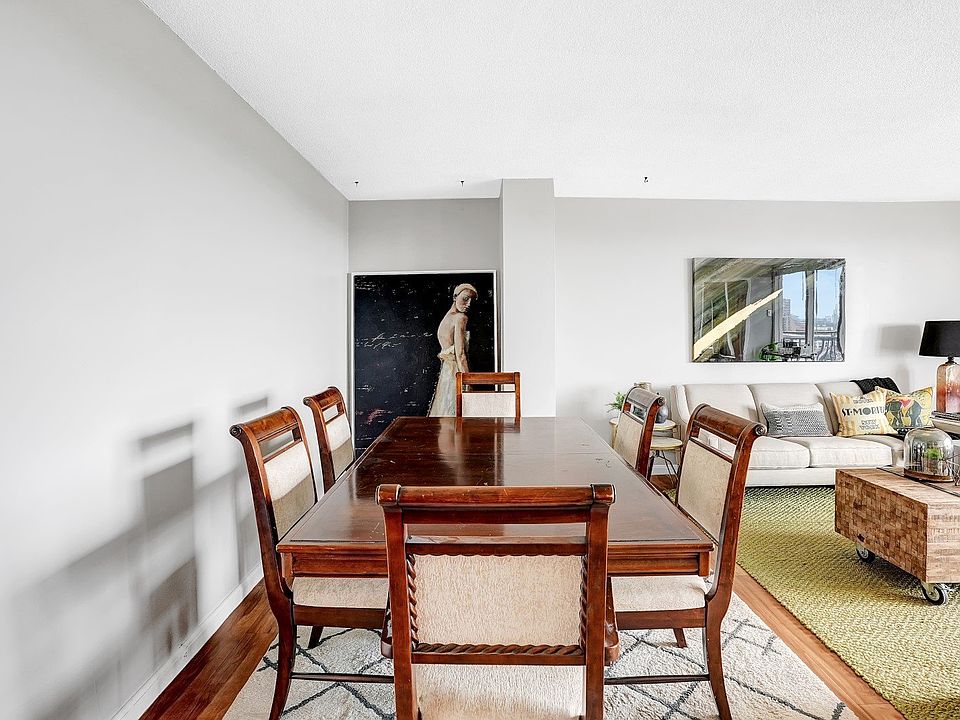
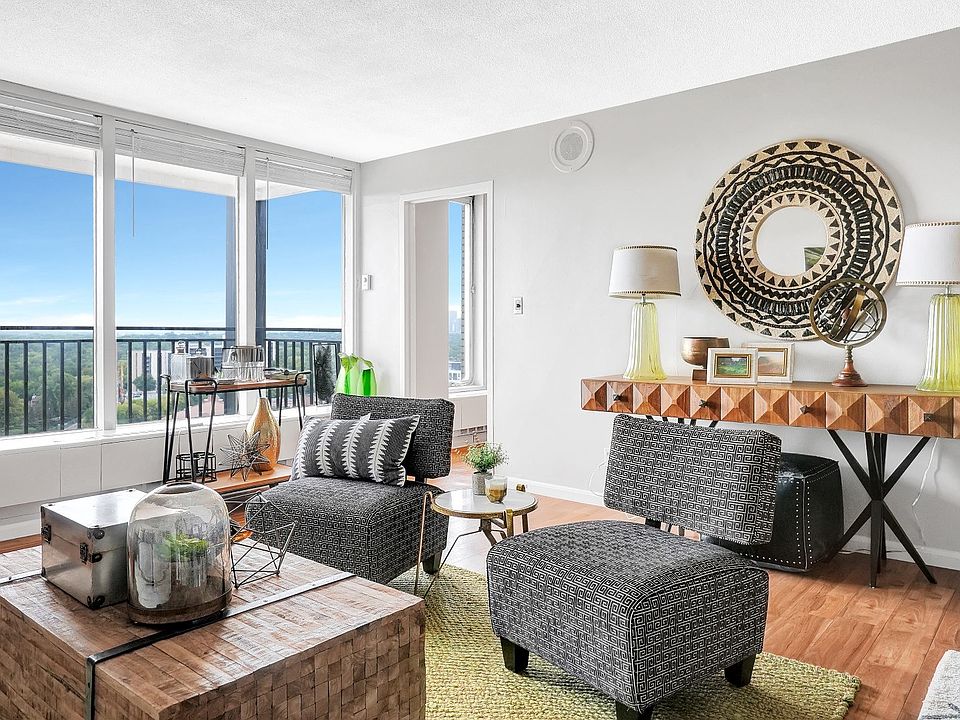

.jpg)
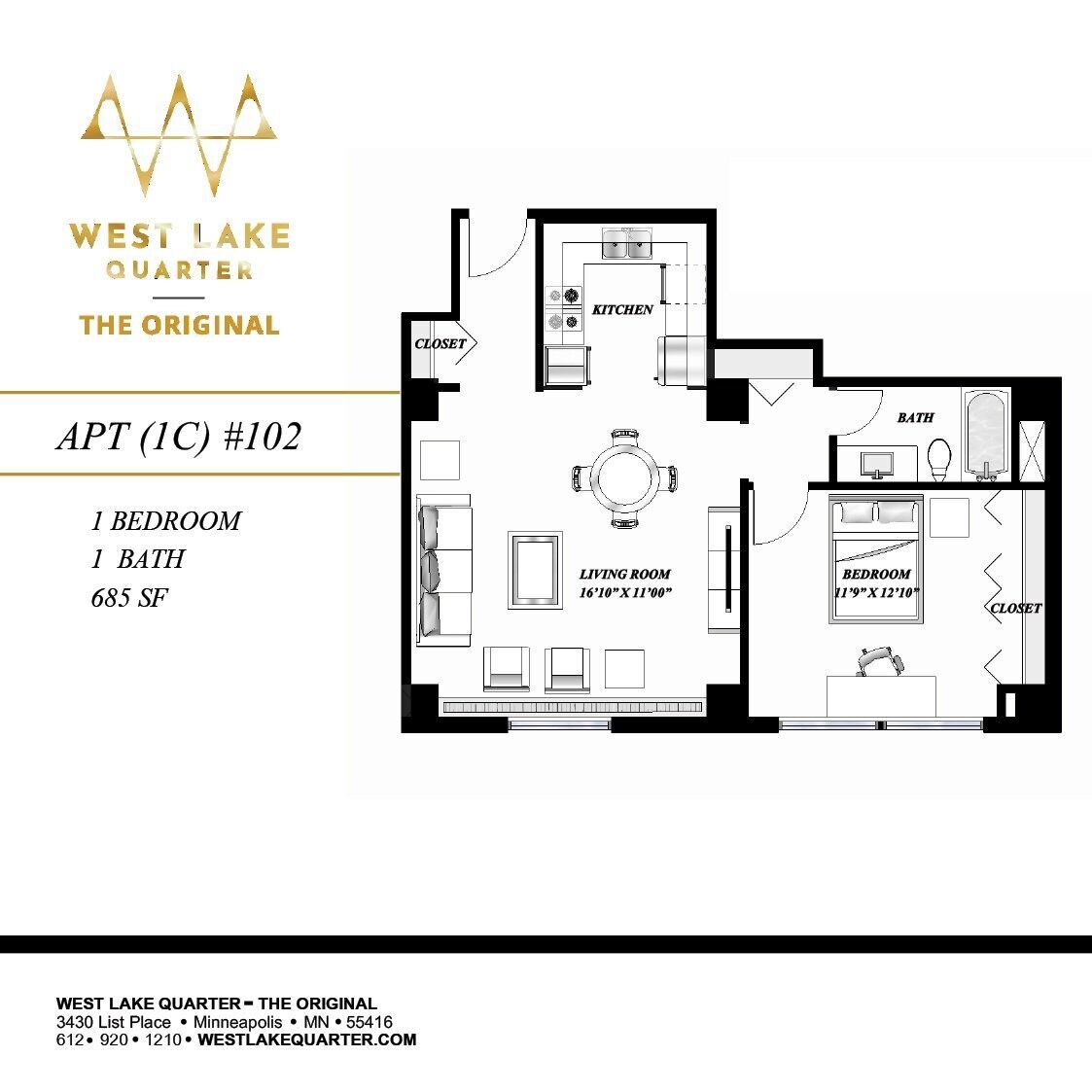
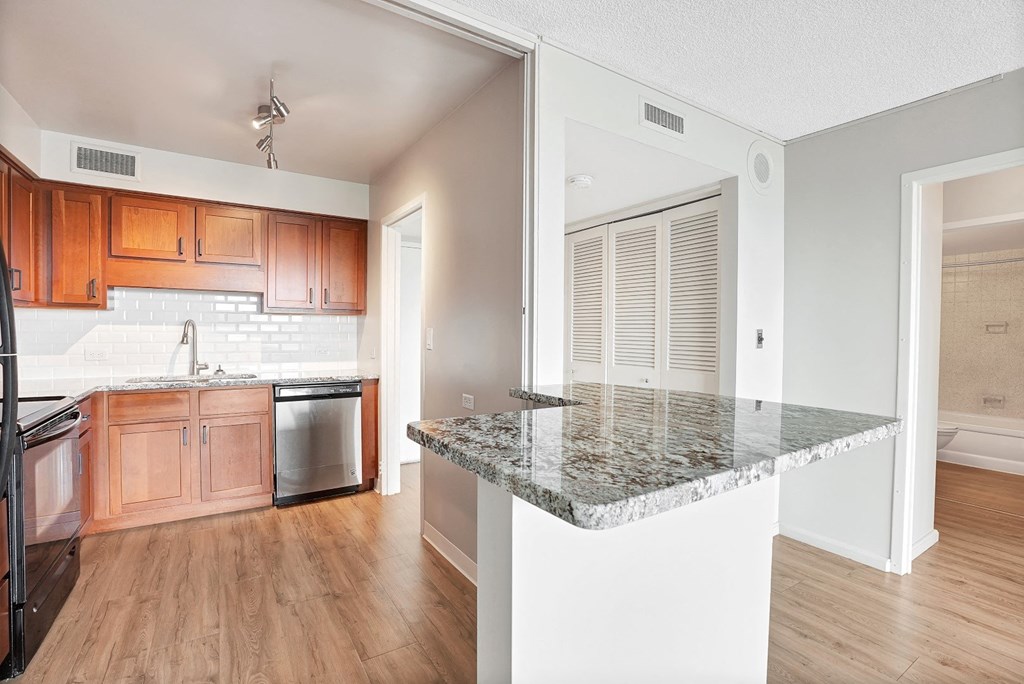
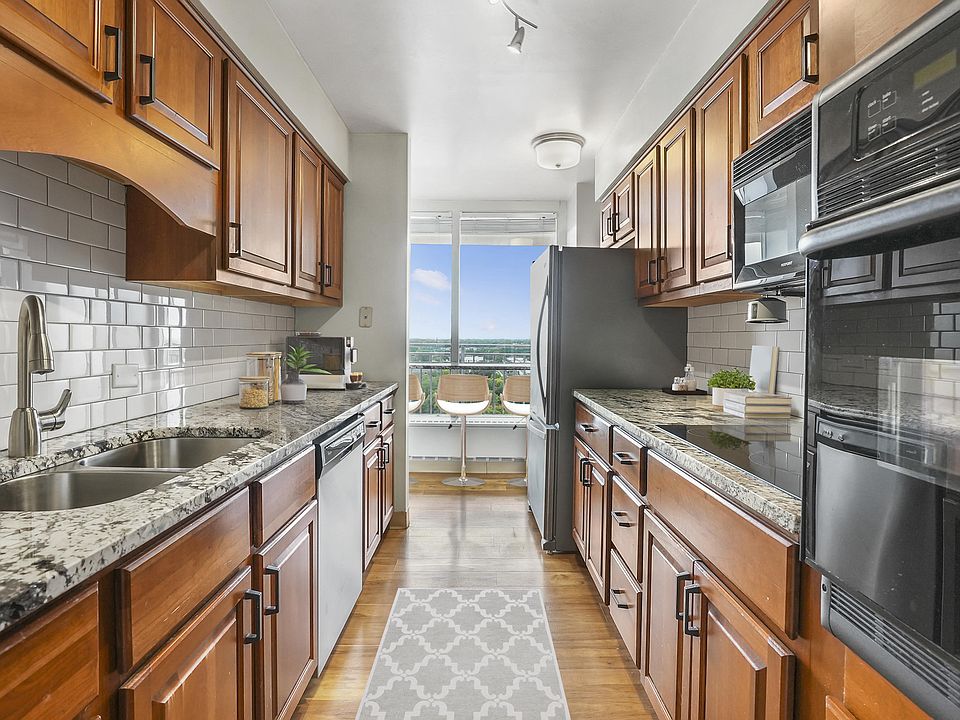
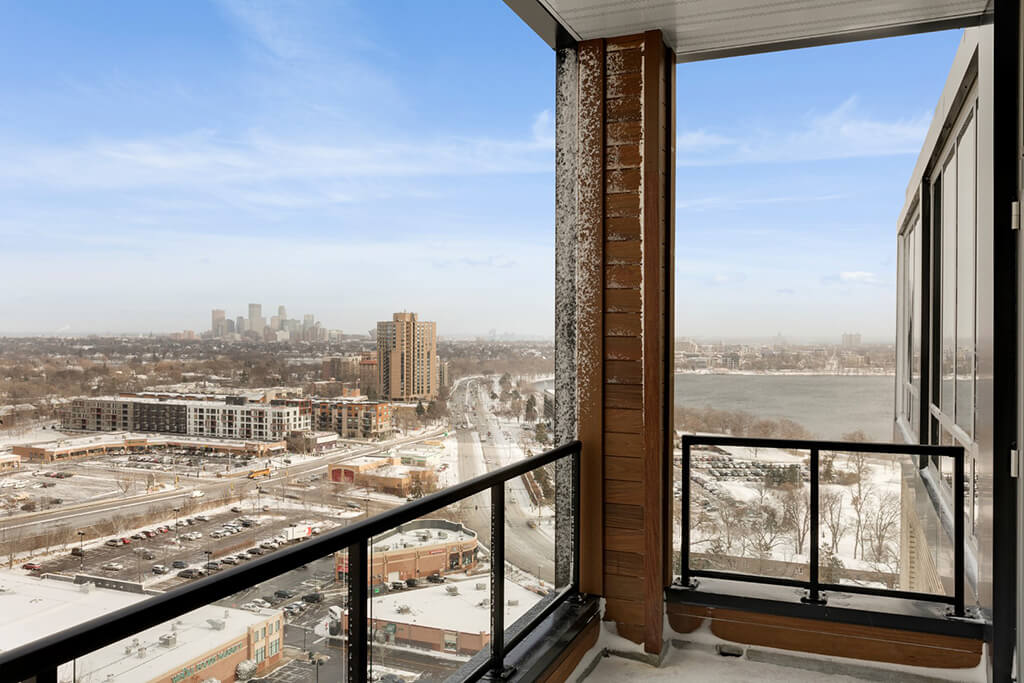
.jpg)
